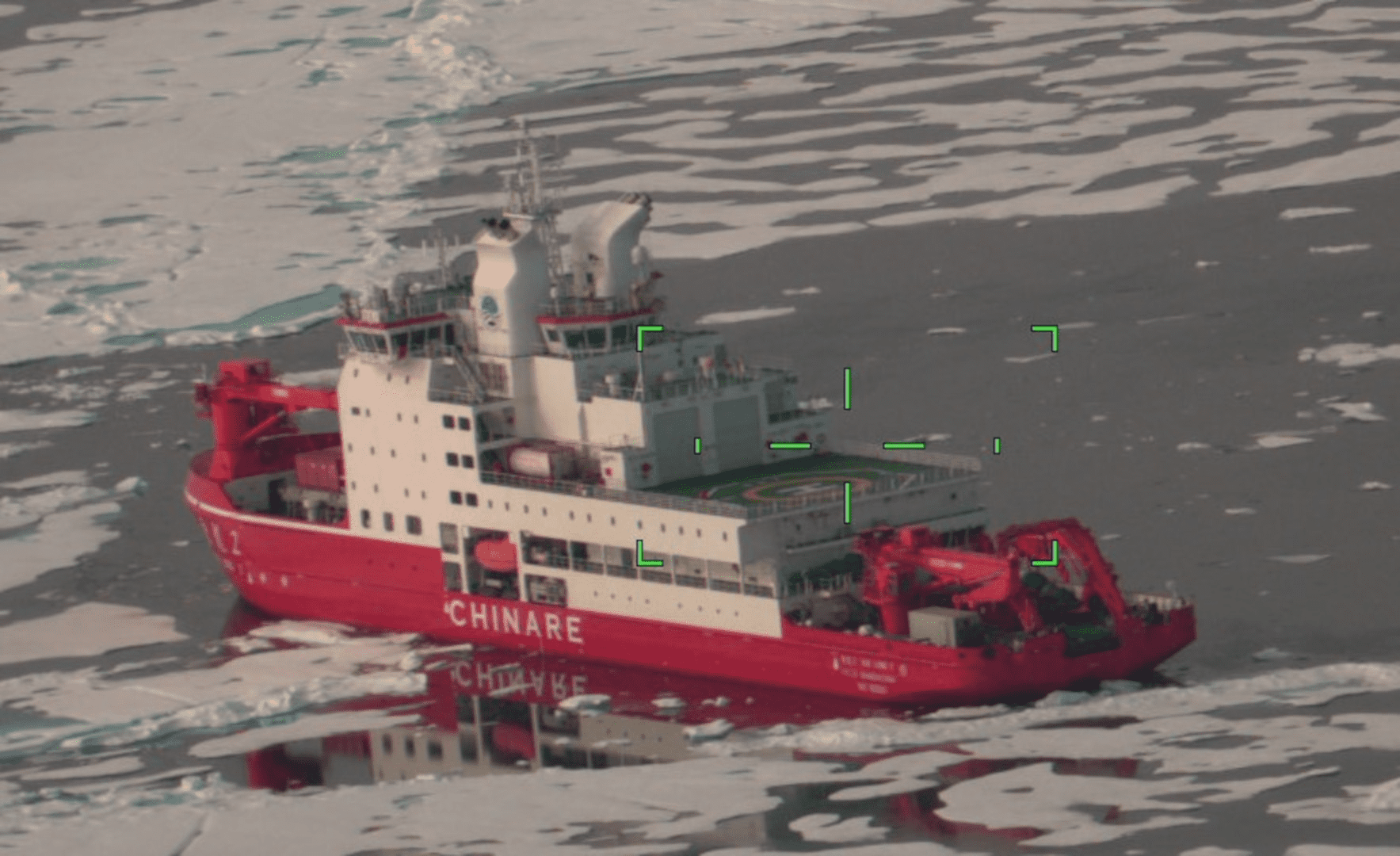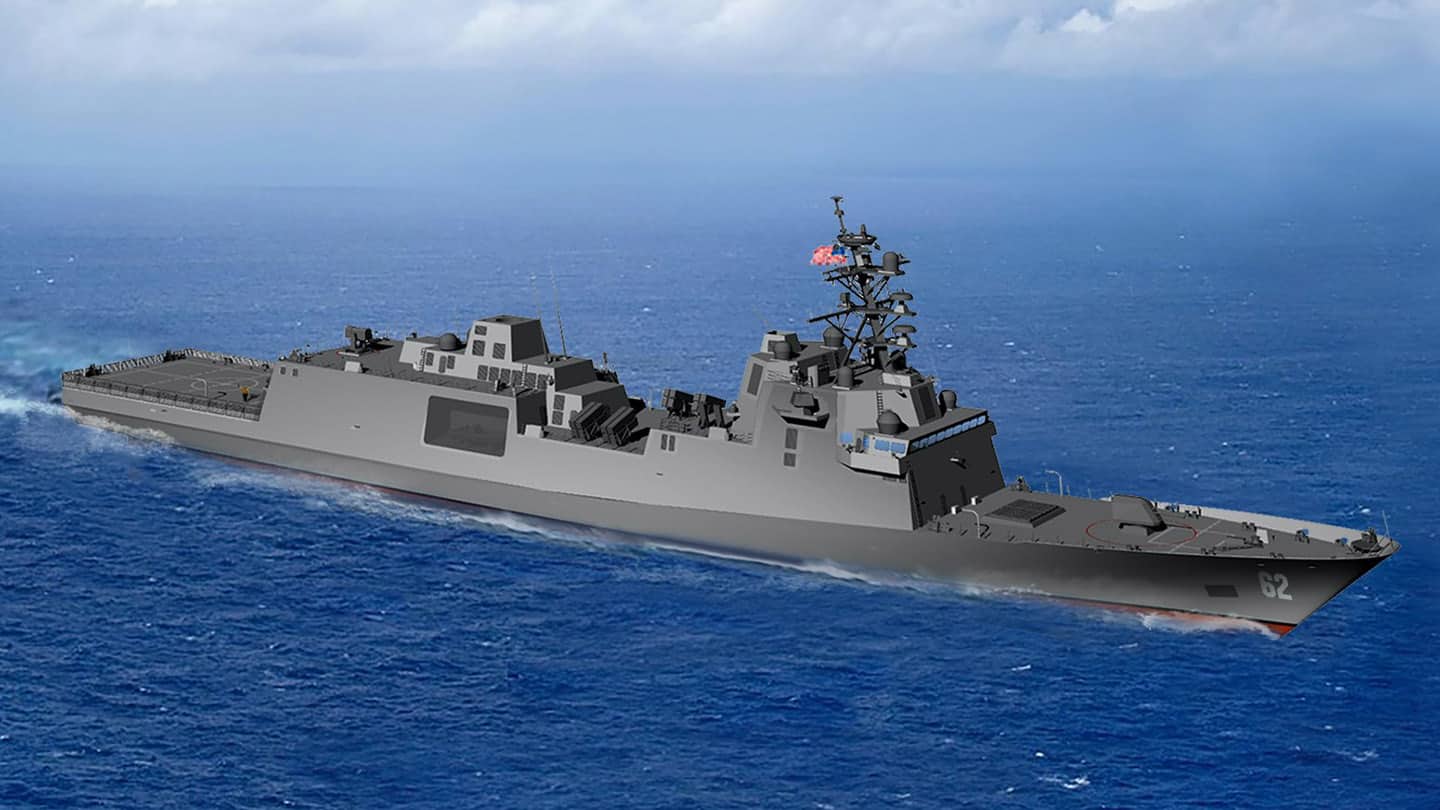
DARTMOUTH, Nova Scotia – Rear Admiral Daniel Neptun, commander First Coast Guard District, and Ms. Nancy Hurlburt, Assistant Commissioner Maritimes Region, Canadian Coast Guard sign the Atlantic Geographic Annex June 29, 2010. The annex is part of a regional response plan that covers the marine boundary between the U.S. and Canada and defines the Joint Response Team. Photo courtesy Canadian Coast Guard.
BAR HARBOR, Maine – The United States and Canadian Coast Guards are partnering in a cruise ship grounding exercise in Bar Harbor, Maine this week intended to help prepare both governments if such an occurrence were to happen. The exercise, called CANUSLANT 2011 – Canadian/United States Atlantic Exercise – is designed as a learning environment for players to exercise emergency response plans, policies, and procedures as they pertain to a grounded cruise ship that is significant enough to justify activation of a coordinated joint US/Canada response under the Atlantic Geographic Annex.
This years premise evolves around the grounding of a large cruise ship in the vicinity of GRAND MANAN ISLAND near the U.S. Canadian Border with a simulated Mass Rescue Exercise.
Both the United States and Canada recognized the need for an international marine pollution contingency plan for years. The first such plan was the Joint Marine Pollution Contingency Plan for the Great Lakes, started in 1974 under the Canada-United States Great Lakes Water Quality Agreement of 1972.
Under the Atlantic Geographic Annex, the Coast Guards of both countries are required to conduct biennial exercises for management and a deployment of resources exercise are required to:
• Ensure overall preparedness;
• Ensure and enhance the knowledge and skill of potential participants; and
• Ensure that people and resources can be effectively deployed to an environmental response incident.
Recommendations arising from CANUSLANT2011 will be included in the Atlantic Geographic Annex to the Joint Contingency Plan. This updated annex was recently co-signed by Canadian and Coast Guard dignitaries in July of 2010 and is posted on the JRT Website; http://www.uscg.mil/d1/response/jrt/canuslant.asp.
Via Coast Guard News

 Join The Club
Join The Club











